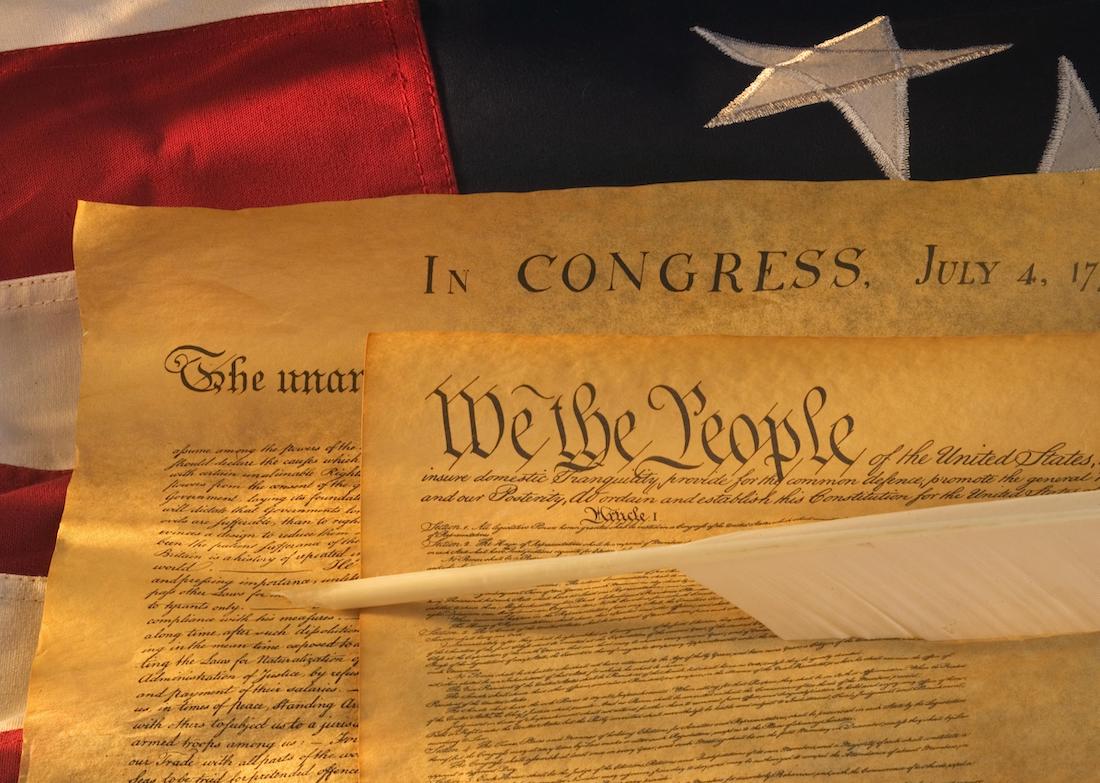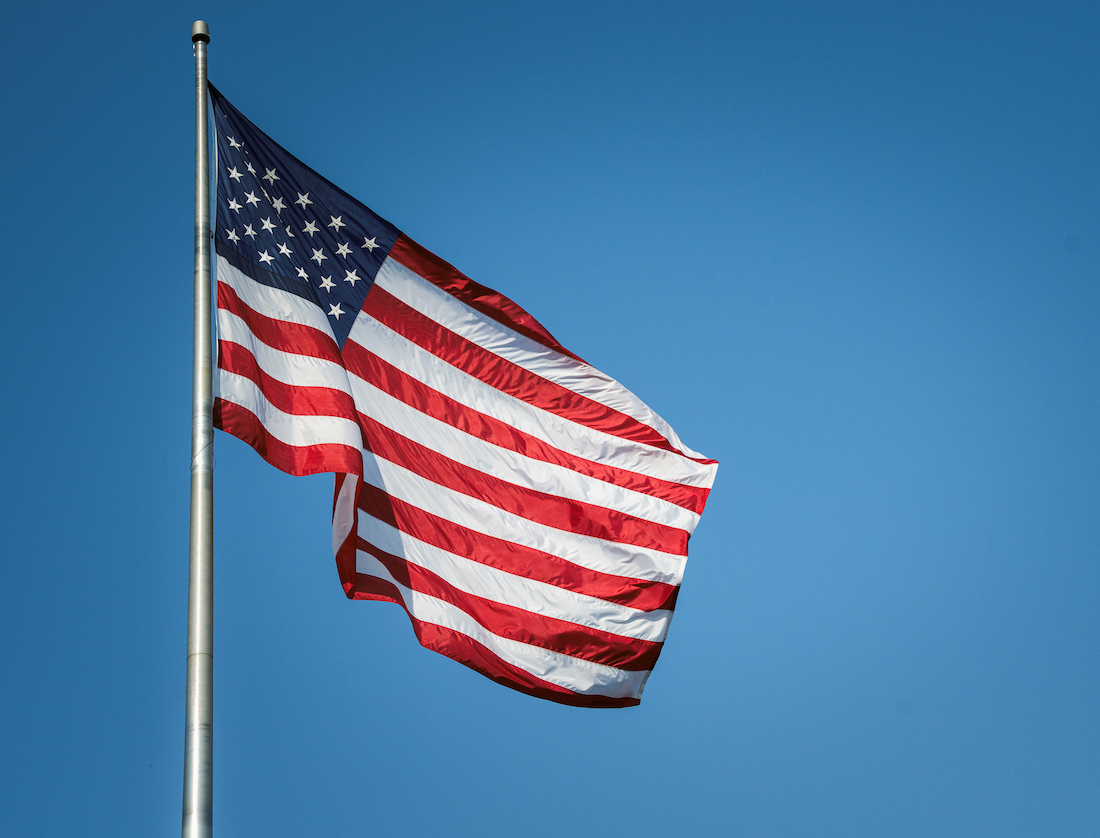
Each year on July 4, folks across the U.S enjoy a day off work in celebration of Independence Day. For some, it's merely a day to sleep in and take it easy at home. Others use it as an opportunity to gather with friends or family and cook out, or maybe enjoy a fireworks display at a local park. However you choose to observe the Fourth of July, it never hurts to learn more about the meaning behind it.
More from MamásLatinas: How celebrities celebrated the 4th of July
No country is perfect, the U.S, included. And everyone possesses varying levels of patriotism (whether it's extreme or nonexistent). So there's technically no wrong way to celebrate the national holiday dedicated to the original 13 colonies declaring themselves a sovereign nation completely separate from Great Britain. Let's take a closer look at the history behind Independence Day, as well as ways you can celebrate with family.
What is the history behind Independence Day?

On July 4, 1776, the Second Continental Congress adopted the Declaration of Independence. This stated the American colonies were officially a sovereign nation — completely separate from Great Britain. (Although King George II begged to differ.) Although some people started celebrating that year, the majority of folks didn't do so until after the War of 1812.
Who wrote the Declaration of Independence?

Thomas Jefferson, John Adams, Benjamin Franklin, Roger Sherman, and Robert Livingston drafted the Declaration of Independence in 1776. On Aug. 2, 56 men signed the document. John Hancock, the president of the Second Continental Congress, was the first one to sign.
When did July 4 become a national holiday? What about a paid day off work?

It wasn't until June 28, 1870, when Congress passed a bill making July 4 a federal holiday. Fast-forward to 1941, and the law was amended so that it was a paid holiday for federal workers. (Although, many other workplaces give their employees a paid day off, too.)
Here are some ways to celebrate Independence Day with family.

If you're having trouble figuring out what to do this Independence Day, here are some ideas for how you might celebrate with family:
- Go to a parade (many communities have one each year on July 4).
- Dress in red, white, and blue.
- Walk or run in a Fourth of July 5k race.
- Check out a local festival.
- Attend a concert/listen to live music.
- Have a picnic/cookout.
- Watch a local fireworks display.
- Play with sparklers/bang snaps (but be careful!).
- Watch the Broadway musical Hamilton on Disney+ (it's not the most historically accurate, but it's definitely entertaining).
- Watch a documentary on the signing of the Declaration of Independence (like The Words That Built America on Max) and the ensuing American Revolutionary War (like The American Revolution on Discovery+.
- Watch a more action-packed, but kind of, sort of on-theme movie like Independence Day or National Treasure.
- Enjoy some Fourth-of-July-themed cocktails (and/or mocktails).
What is the meaning of Independence Day?

The truth of the matter is this: Independence Day holds different meanings to different people. For some, it's a day to display their deep patriotism. For others, it's simply a day off work and nothing more. And then there's everything in between. Only you can decide what the Fourth of July means to you because that's the whole point: freedom.
Happy Independence Day!

